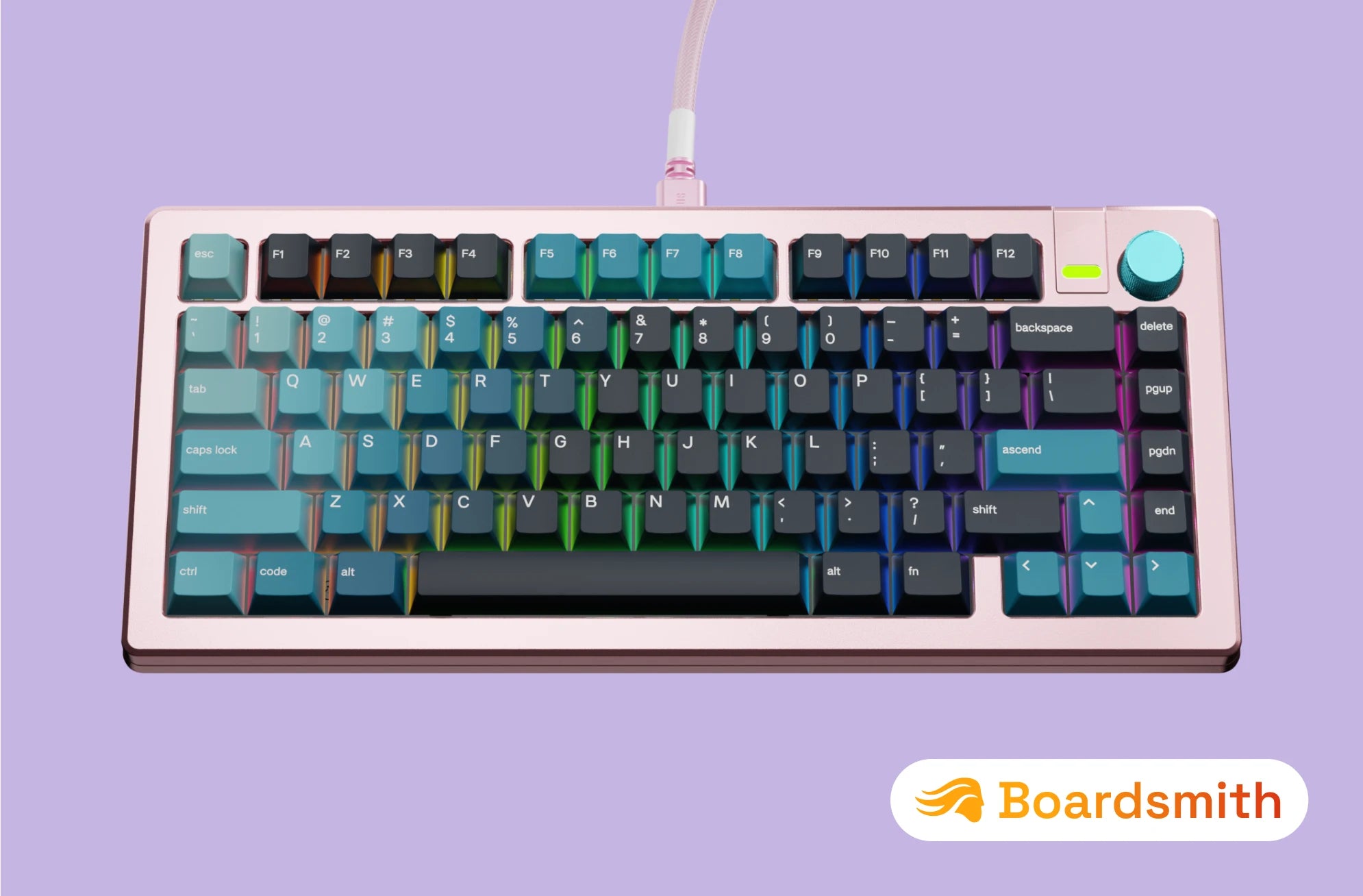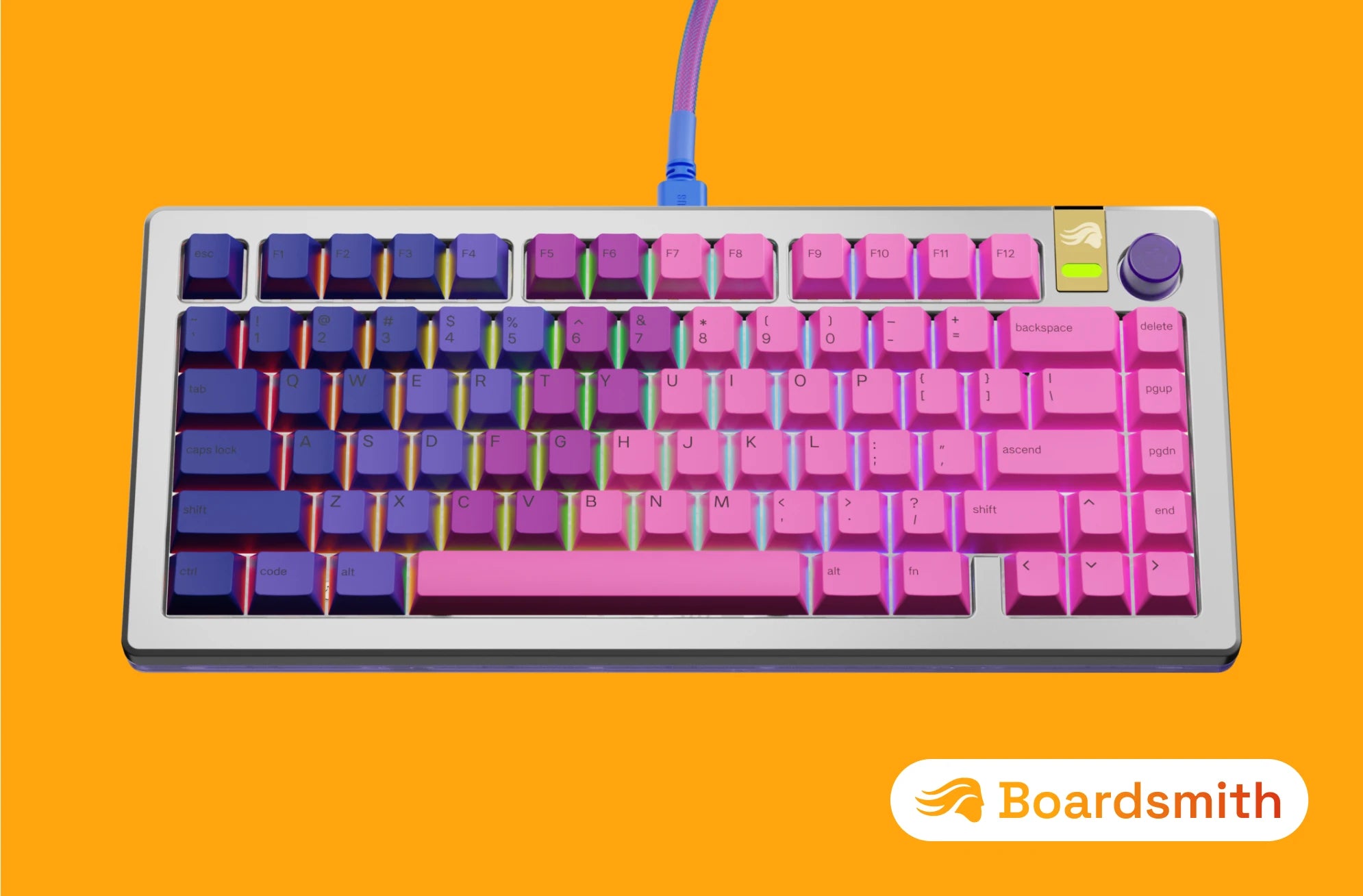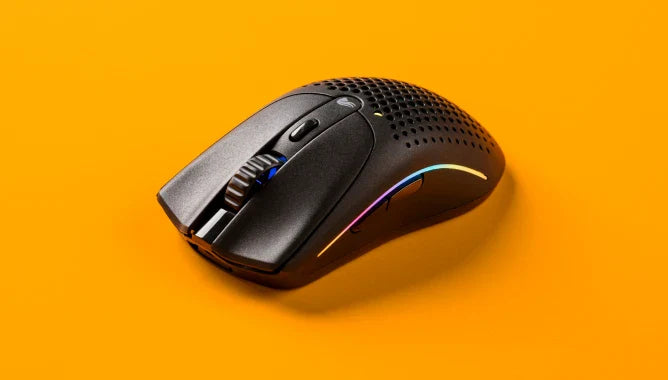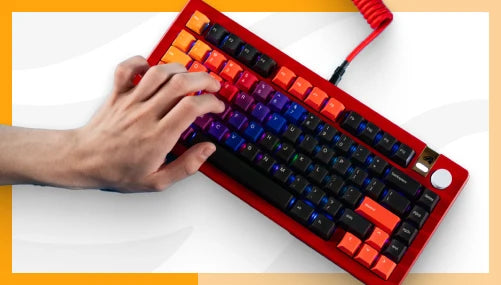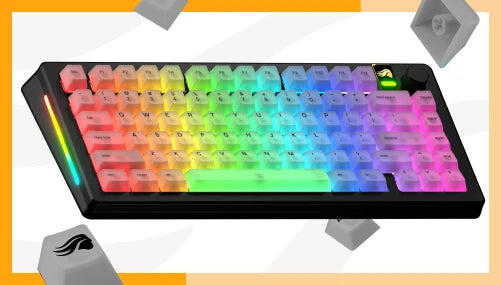
EXPLORE
Customizing Typing Experience
Discover how subtle adjustments to your mechanical keyboard can transform its sound and typing feel.
What is “Typing Experience”?

Switches
Switches are the heart of any mechanical keyboard, sitting beneath each keycap. They determine how each key press sounds and feels, based on their design and materials.
Swapping Switches
Main Switch Types
Other Features to Consider
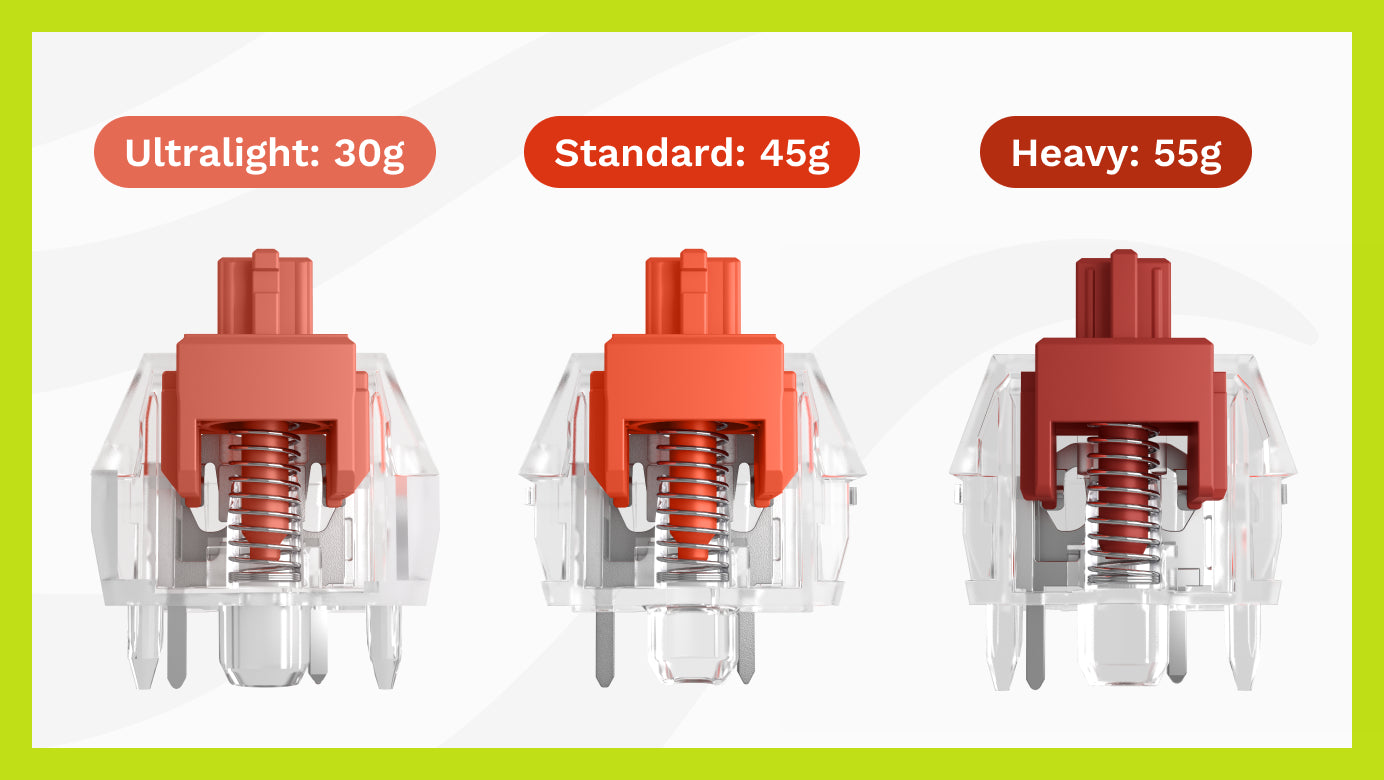
Actuation Force
The force needed to press a key, measured in grams of force (g). Lighter makes for faster presses ideal for gaming, while heavier can prevent typos and cushion keystrokes for those with lead fingers.
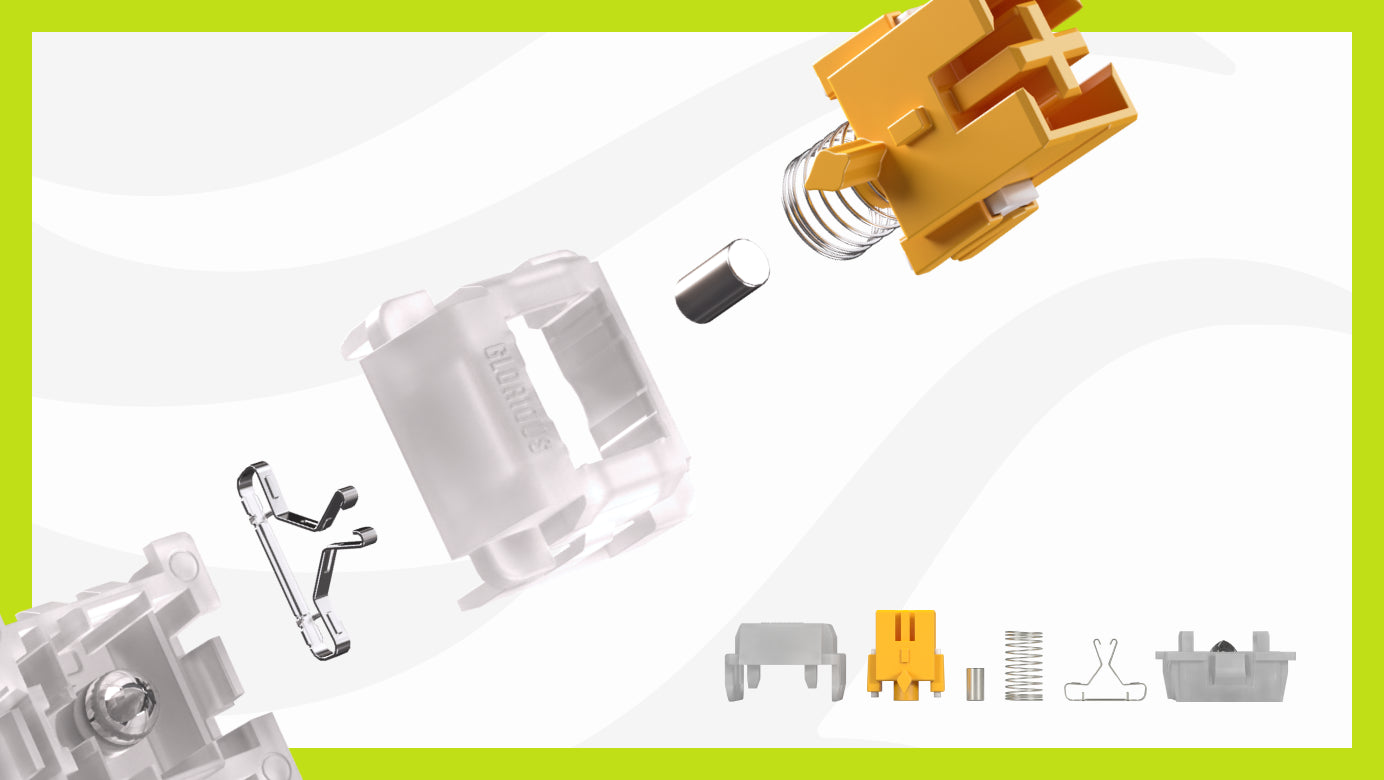
Material Composition
Different materials affect a switch's pitch, for example Polycarbonate switches are more bright and “clacky,” while nylon is deeper and “thockier.”
Switch Plates
Premium mechanical keyboards have switch “plates,” which help to ensure switches are properly aligned and protect the board’s internals by absorbing the impact of your keystrokes.
Swapping Switch Plates
Common Switch Plate Materials
Shop GMMK 3 Switch Plates
Show Now
Modular Gaskets
Keyboards like the GMMK 3 allow you to customize its gasket mounts for even greater control over how firm or flexible keystrokes feel.
How Gaskets Impact Typing Feel
MGS Module Styles
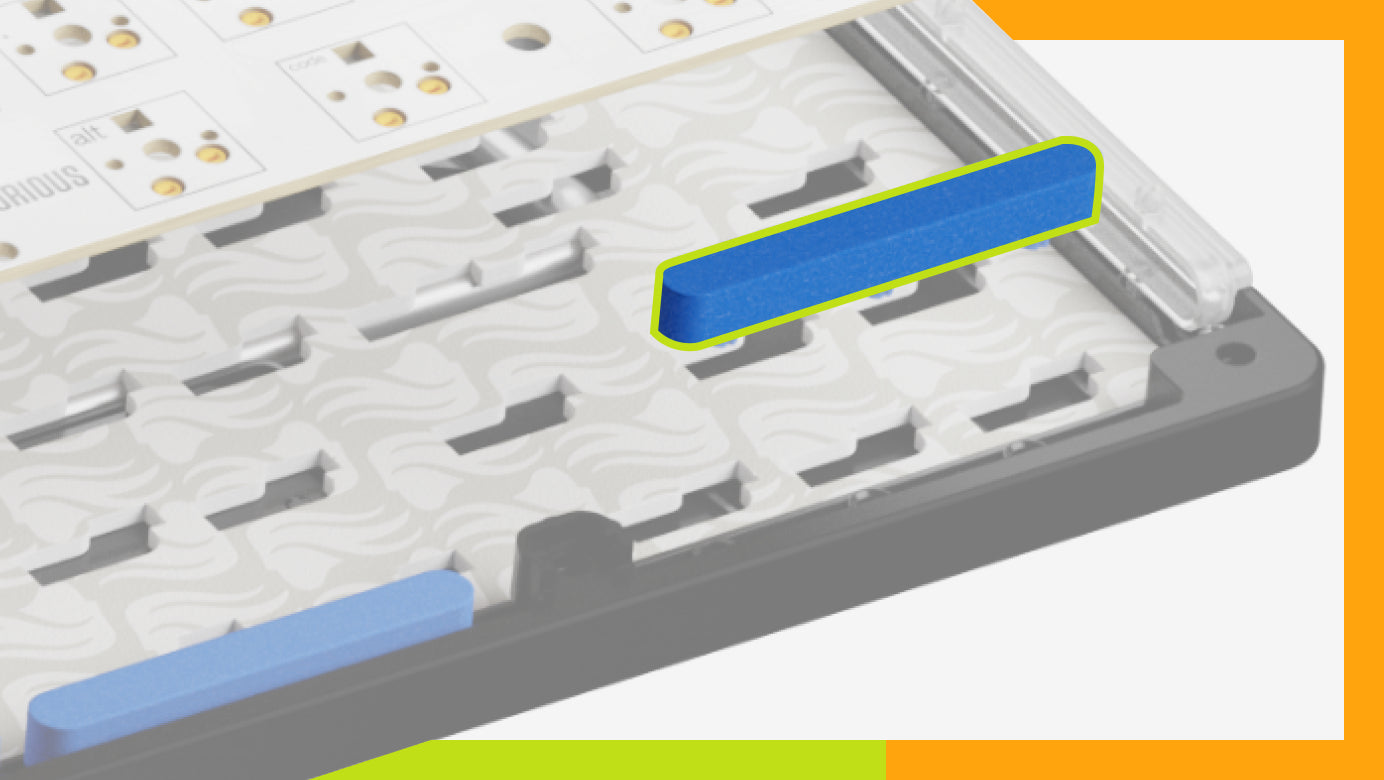
Firm Gaskets
Create a more solid and predictable typing feel. Ideal for gamers wanting the most precise and consistent response, so they can stay focused on the match.
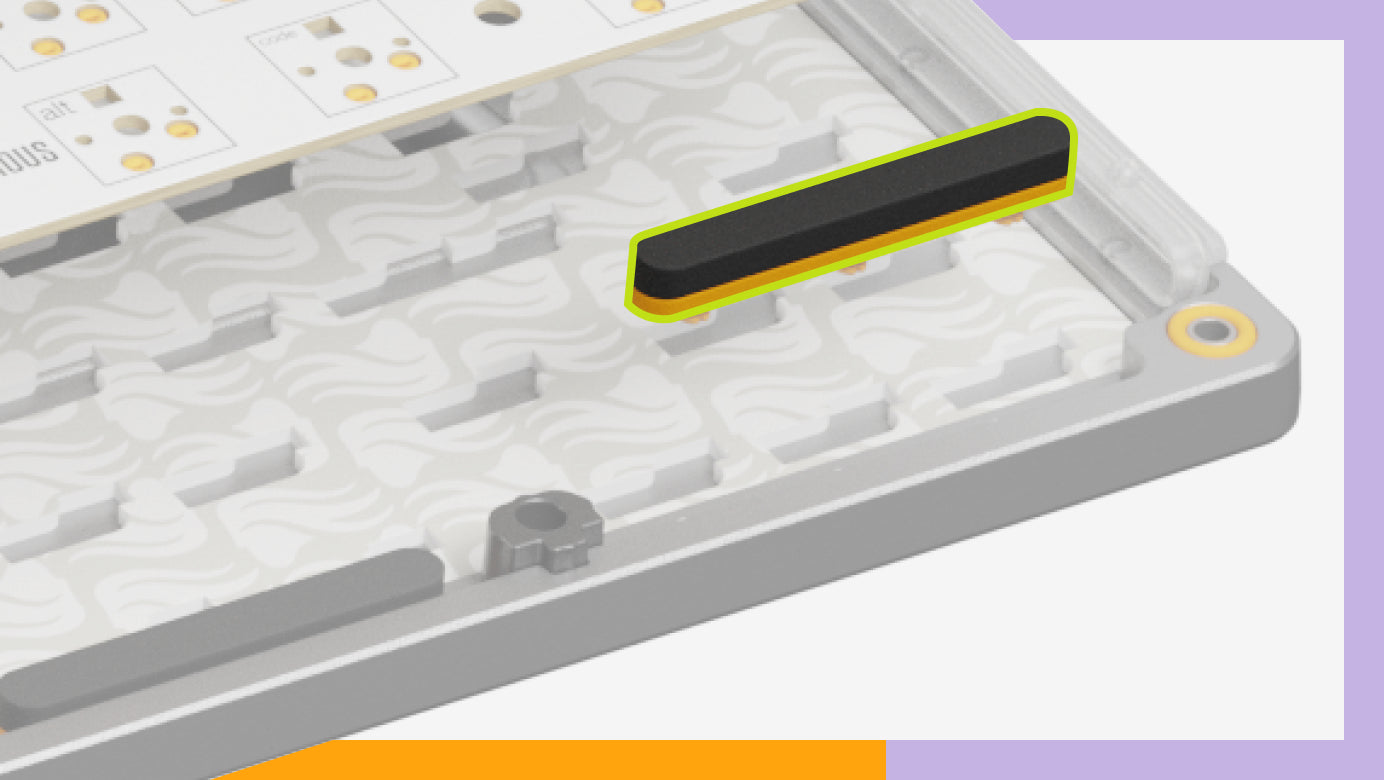
Flex Gaskets
Create a softer, more cushioned typing feel ideal for extended typing and casual gaming sessions. Especially great for those with lead fingers.
Explore GMMK 3 Keyboards with MGS
Shop Now
Changing Case Materials
Swapping a keyboard’s case can do more than just revamp its look.
Swapping Cases
Material Matters
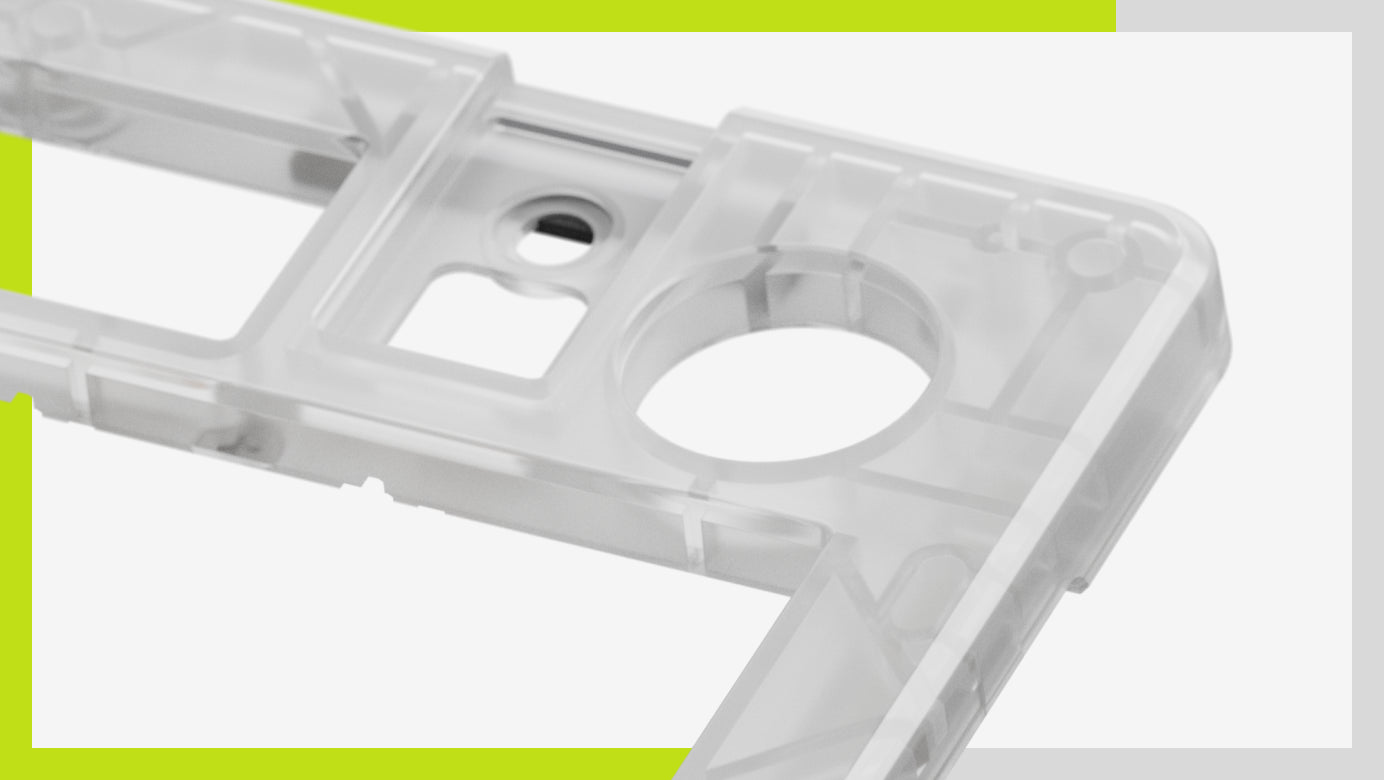
Polymer Cases
Naturally absorbs typing sounds for a deeper, more muted sound profile than metal.
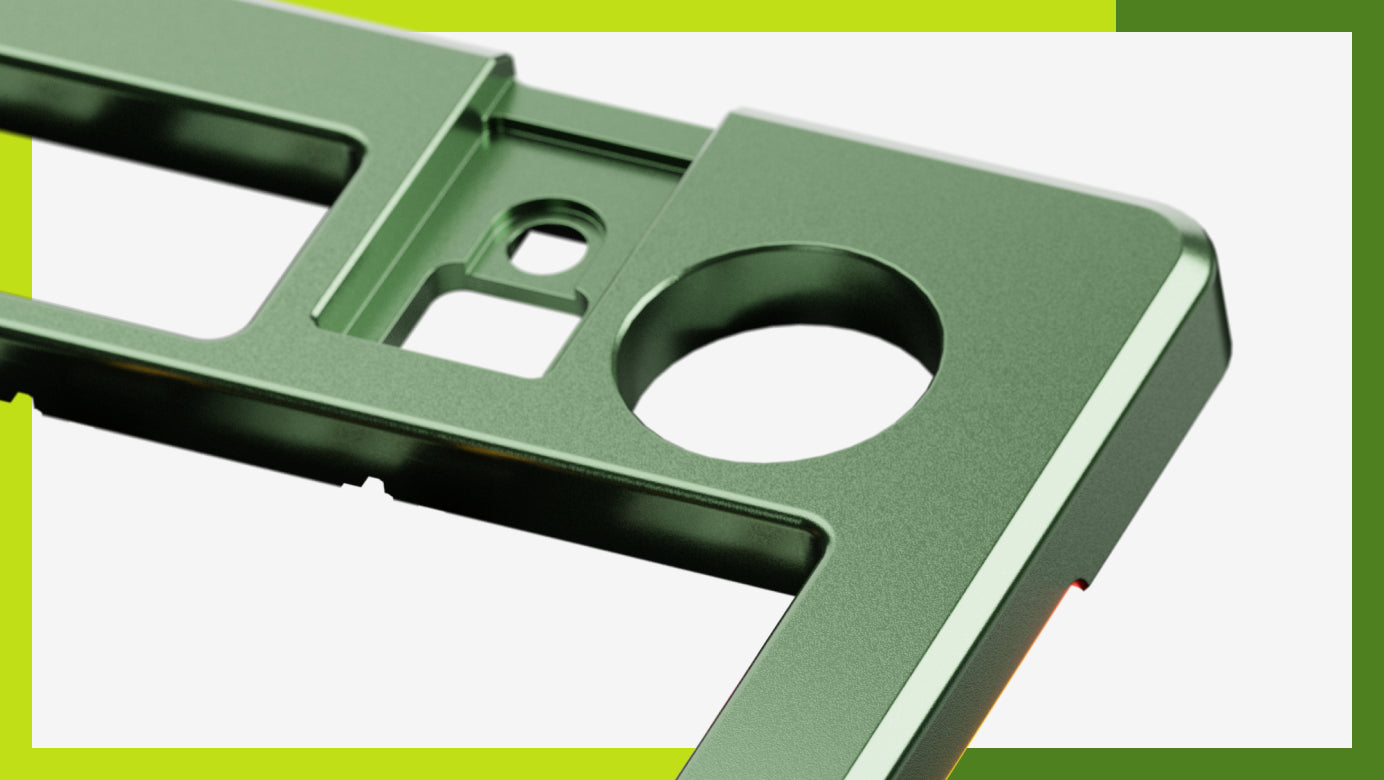
Metal Cases
Allows typing sounds to resonate within the case for a louder, more expressive acoustic experience. Especially without sound-dampening foam.
Test Your Skills
